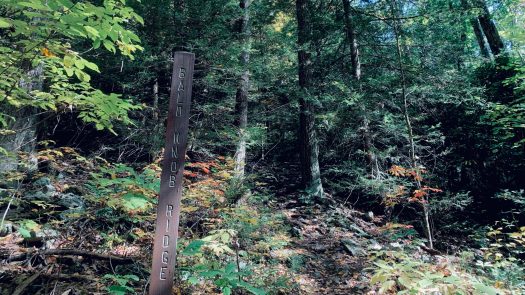
To engage readers the way walking engages the heart, lungs, and mind. In-breath, out-breath. Gathering impressions, gathering wool.
A cumulative effect, as in Biblical parallelism, where each re-phrasing steps it up a notch. But the poem climbs the mountain for the mountain, not just for the goddamn view. I get bored with poems that have a single main point (and I’ve written many). Proper walking involves noticing things, if not with every step, certainly every few, and letting these things re-calibrate one’s thoughts. Through such random associations, quite often the mind is freed up to solve whatever problem it might have been working on semi-subconsciously.
Minimal punctuation and capitalization militate against complex sentence structures, but the pay-off is maximal ambiguity when desired. As with haiku, the reader may be drawn into more active engagement this way. Any given couplet may be Janus-faced.
Rhythm can be completely irregular. This is walking in hill country, not on a track.
What about the metrical foot, then?
To hell with the metrical foot. Free your verse and your mind will follow… at a walker’s pace.




I quite like the idea of walking poetry, with Janus-faced couplets that wander from here to there. I may try this!
Go for it! I’ve been thinking that the couplet is kind of the base unit of Anglo-Saxon poetry, going back to the actual Anglo-Saxons whose poetry was written in long lines with hiatuses in the middle, so a two-part structure.